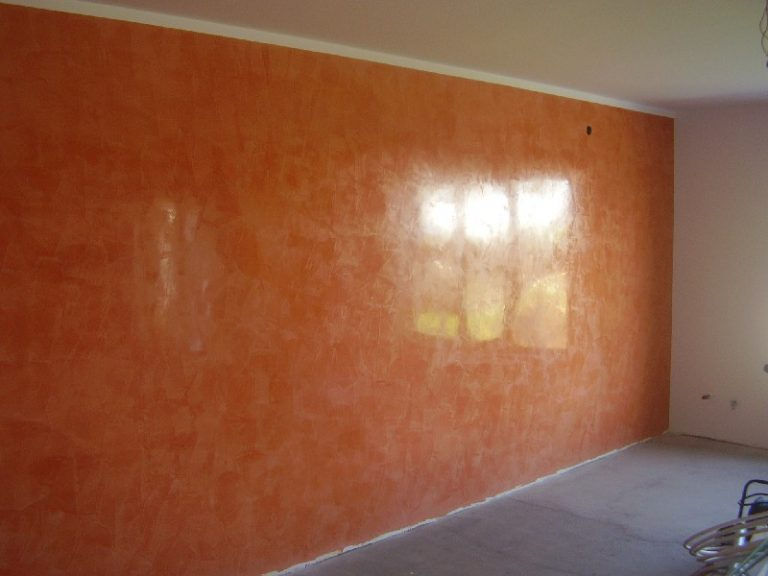Veneer Plaster
Description
Veneer plaster is a final 1/16 to ½ inch layer of plaster over a drylining, usually a gypsum board. It is a rare technique, and it can be challenging to locate a skilled craftsman. This added layer of plaster over the drywall adds an extra level of protection to scuffs and scratches. This is a more modern take on lath and plaster, where the drywall acts as the lath and the main layers of plaster. Two layers of plaster can be used over masonry, such as brick and concrete walls. Unlike traditional drywall and painted or wallpapered walls veneer plaster can act as the final finish of the wall adding a pleasant level of texture that wouldn’t have been there without it. This wall finish is the ideal way to refinish old buildings as it has a similar look to lath and plaster.


Environmental Impact
The main ingredient of plaster is gypsum, as we learned in class gypsum has a very efficient recycling process making the environmental impact relatively low compared to various other building materials.
Plaster dust is dangerous while it is being used in construction. The dust causes respiratory issues in major cases this can lead to asthma. After the construction process is done the plaster does not affect the indoor air quality.
Interior Uses
-
Traditional - This is the traditional hand-finished look, it adds a nice level of texture to the wall.
-
Silk Plaster - This wall uses silk plaster, which is made using various fibers like cotton to be another eco-friendly alternative to regular plaster.
-
Sculpture - This wall uses plasters properties to use it as a sculptural material, even on such a thin surface.
-
Multi-color - This wall shows us that the plaster finish can be any color that someone wants, without paint.
-
Shine - This wall uses a process that polishes the plaster finish into a very shiny look.





Walls
Veneer plaster can be applied over various surfaces such as drywall or masonry. This style of wall covering is a modern take on the lath and plaster that older houses used to use. The plastered walls can add a level of texture to the space that wouldn’t be there with just paint or wallpaper.